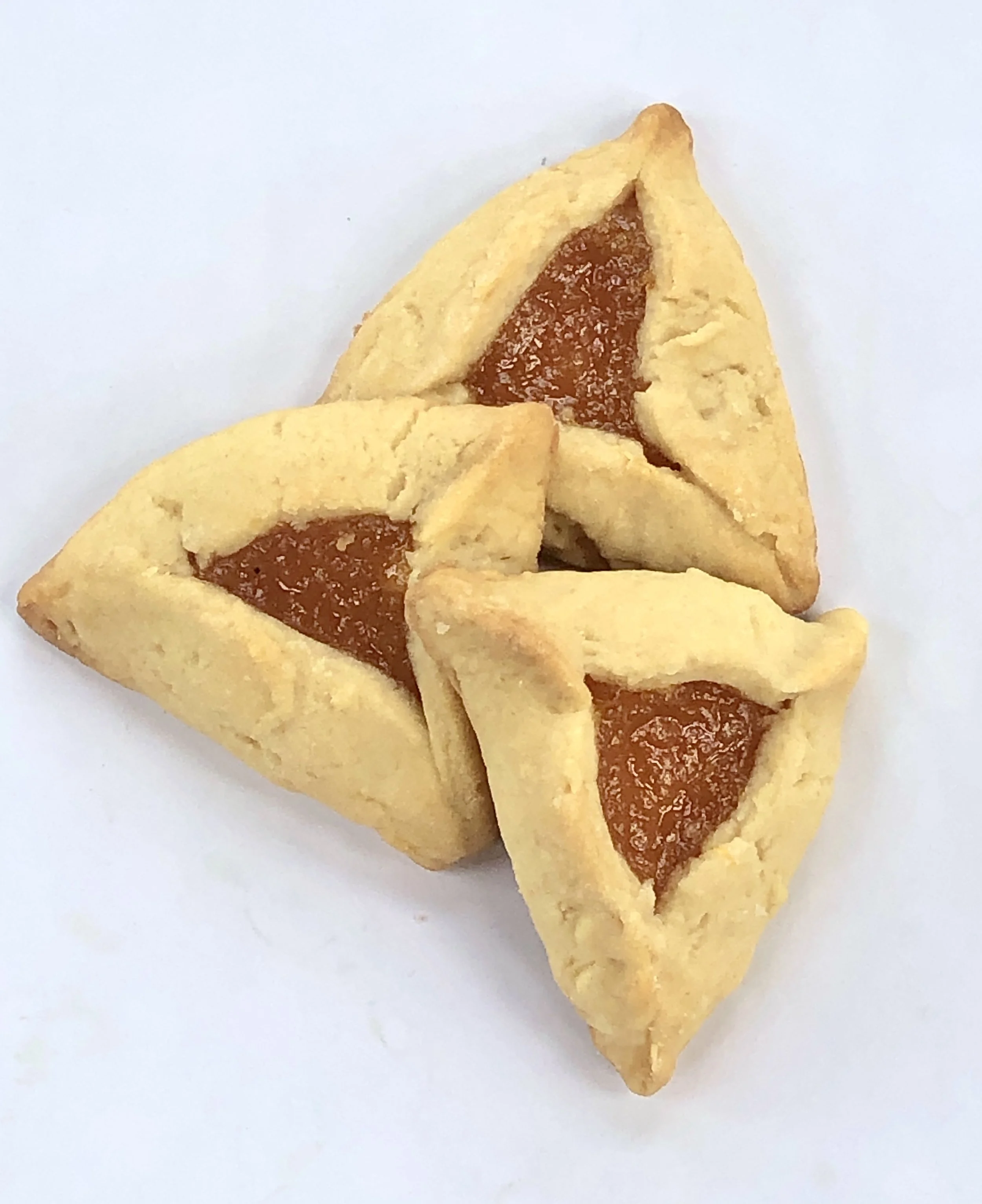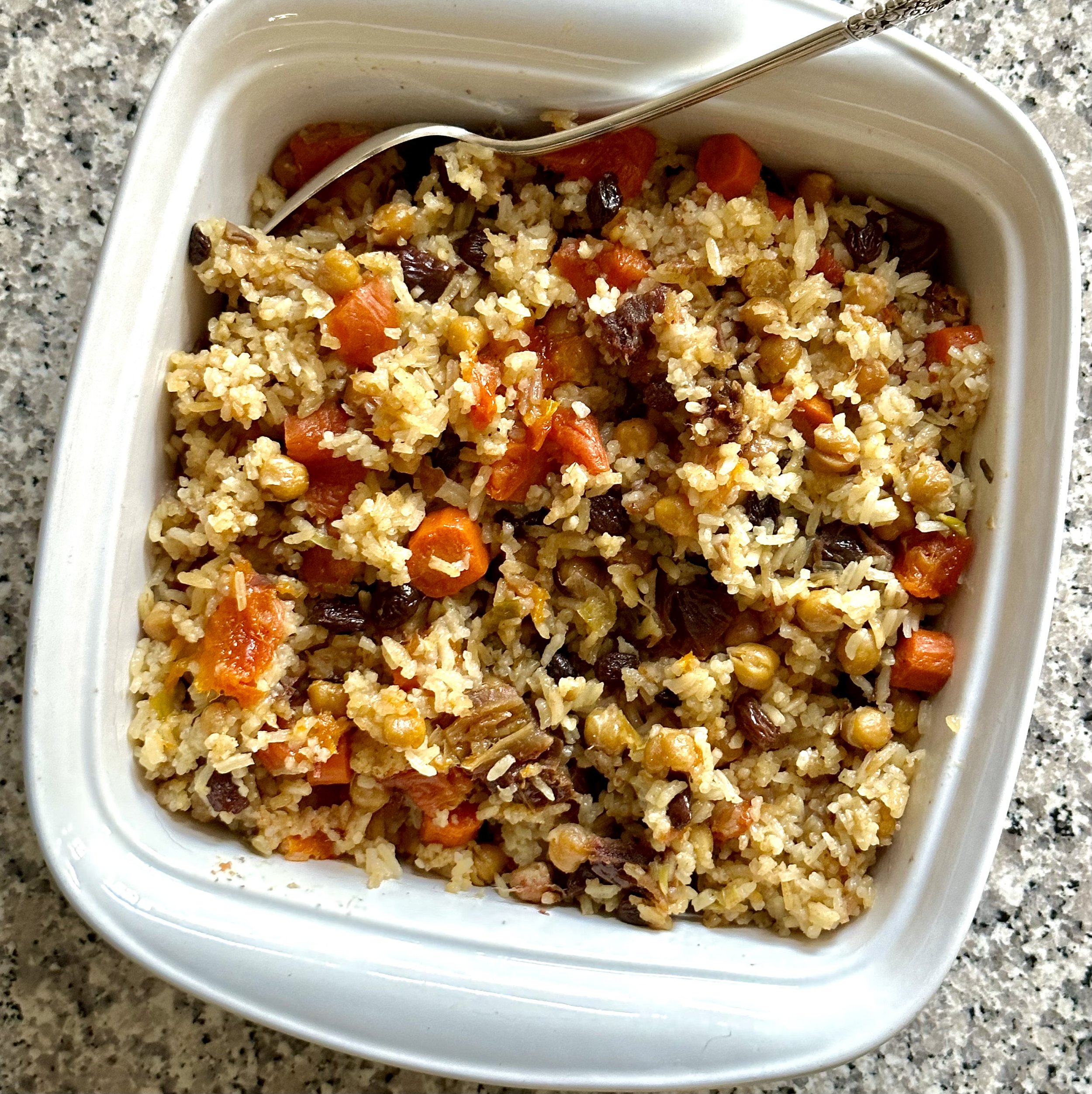Our first night Passover dinner always includes turkey. My grandmother served turkey on Passover, my Mom did too and so I follow our family tradition.
Also, because we are a family where some of us eat dark meat and some eat white, I roast a whole turkey (instructions here).
I change the seasonings and basting fluids from time to time. Sometimes I flavor the bird with Balsamic vinegar-ginger-pineapple and sometimes with sweet white wine and thyme, sometimes a simple sprinkle of salt, pepper, garlic and parika and a cup or two of orange juice.
My daughter Gillian is our family carver. She is so adept at carving turkey that in another century she would have had a job at some royal household or other.
There is always leftover turkey.
That means we have turkey pot pie at some point during the holiday.
Here’s my recipe for Passover Turkey Pie. Matzo crust of course!
Matzo Topped Turkey Pot Pie
2 tablespoons olive oil
1 medium onion, sliced
4 carrots, peeled and sliced 1/2-inch thick
2 medium all-purpose potatoes, peeled and cut into bite size chunks
4 cups chopped cooked turkey
1-1/2 to 2 cups leftover chopped cooked vegetables
2-1/2 tablespoons potato starch
3 cups stock
matzo
1 large egg
Preheat the oven to 375 degrees. Heat the olive oil in a sauté pan over medium heat. Add the onion and cook, stirring occasionally, for 2-3 minutes. Add the carrots and potatoes and cook for 3-4 minutes. Add the turkey and vegetables and stir to distribute the ingredients evenly. Sprinkle the potato starch on top and mix it into the ingredients. Pour in the stock and cook, stirring occasionally, until the sauce has thickened slightly. Spoon the ingredients into a casserole dish. Depending on the size of the casserole, soak one or two sheets of matzo in cool water briefly to soften the pieces. Press out extra liquid with paper towels. Place the matzo on top of the ingredients. Brush with beaten egg. Bake for 25-30 minutes or until crispy on top.
Makes 4-6 servings









